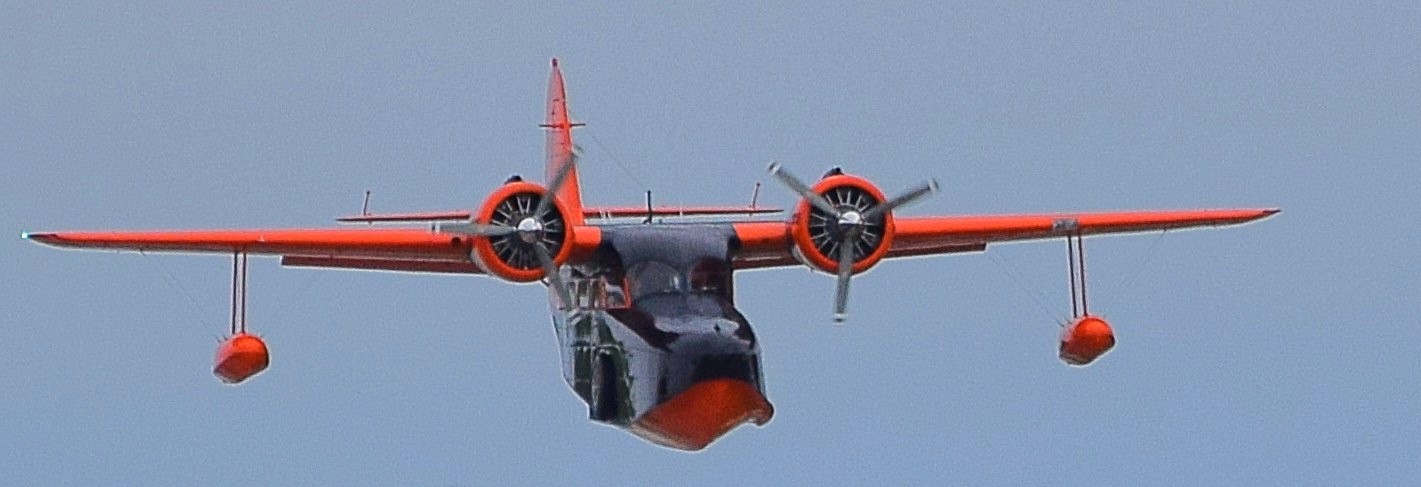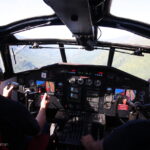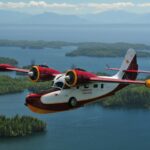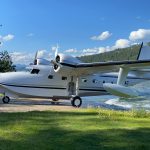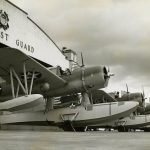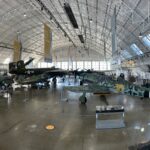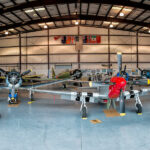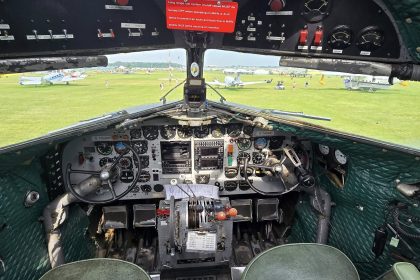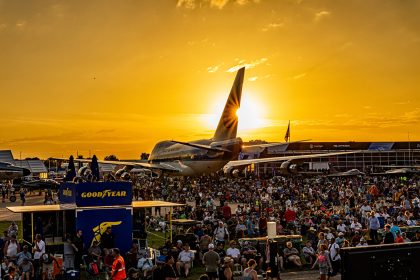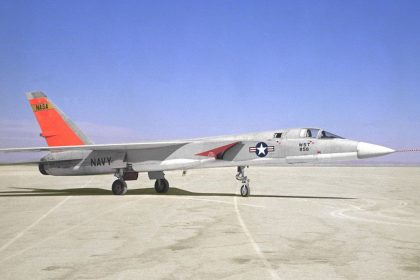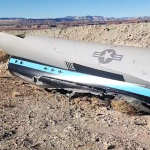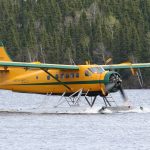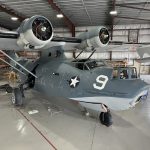By Adam Estes
When discussing warbird/vintage aircraft restorations in the United States, there is a great focus on those restoring in the ‘Lower 48’ contiguous continental states simply due to the sheer quantity at one point. However, there are ongoing restorations in America’s largest and northernmost state of Alaska as well. One such restoration that has been completed recently is the airworthy restoration of a Grumman G-21 Goose amphibious flying boat, operated by the Alaska Aviation Museum (formerly the Alaska Aviation Heritage Museum), on the shores of Lake Hood adjacent to Ted Stevens International Airport in Anchorage, Alaska’s most populous city.
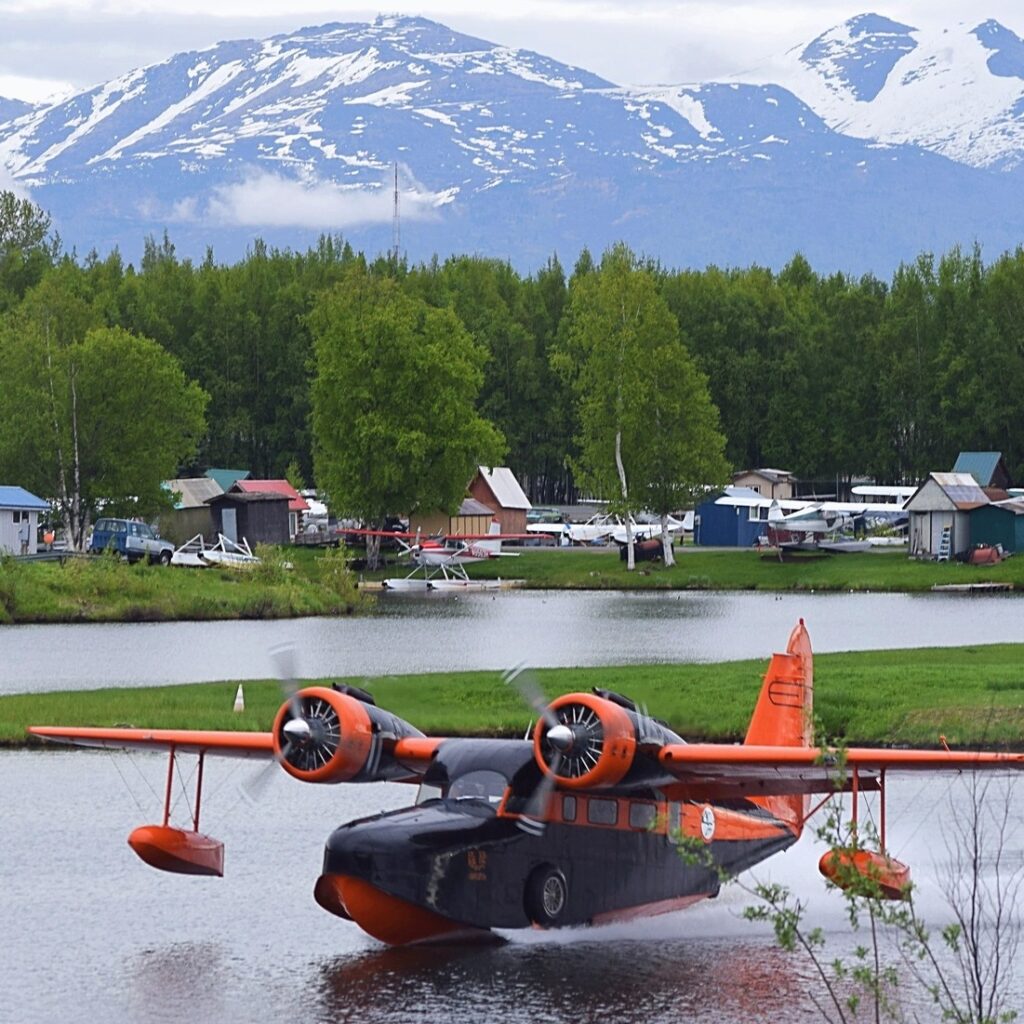
While the Grumman Goose itself has a rich history that spans over eighty wars in both war and peace and has been flown in every condition imaginable, the aircraft originally designed as a flying yacht for New York-based millionaires and corporations, the Goose would also serve a more utilitarian purpose as a light military transport, as well as its use for reconnaissance, search and rescue, and training. After the war, the Grumman Goose would see further service as a commercial transport, hauling passengers and cargo from tropical islands in the Pacific and the Caribbean to inland lakes and rugged coastlines. In Alaska, the Goose was ideally suited for its amphibious capabilities from the Panhandle to the Aleutians, and from Anchorage to Fairbanks. This Goose in particular has a rich history in the skies and waters of the land known as The Last Frontier, and will enjoy further days flying from Lake Hood and becoming a living exhibit with the AAM.
Built at the Grumman Aircraft factory in Bethpage, New York during WWII with construction number B-102, the AAM’s Grumman Goose was part of an order for the US Navy for JRF-5 transports, and B-102 was accepted into the USN on November 29th, 1944 as Bureau Number 84807. The aircraft would remain in service until 1956, when it was withdrawn from the Navy on February 3rd, having been converted to the standards of a JRF-6 variant in 1953. That same day as its withdrawal from the Navy, the aircraft was handed over to the US Fish and Wildlife Service (USFWS) of the US Department of the Interior in Phoenix, Arizona, where it was to be flown to Anchorage, then part of the Territory of Alaska (Alaska would not become the 49th state until 1959, just before Hawaii became the 50th state that same year). Flying the aircraft on its long journey to Alaska would be Tom Wardleigh, then a pilot for the USFWS’ Anchorage Aviation Division. Over the course of ten days, he flew the aircraft from Phoenix, with stops in California (San Francisco), Oregon, (Eugene, Portland), Washington (Bremerton), and Alaska (Port Hardy, Ketchikan, Juneau, and Anchorage).
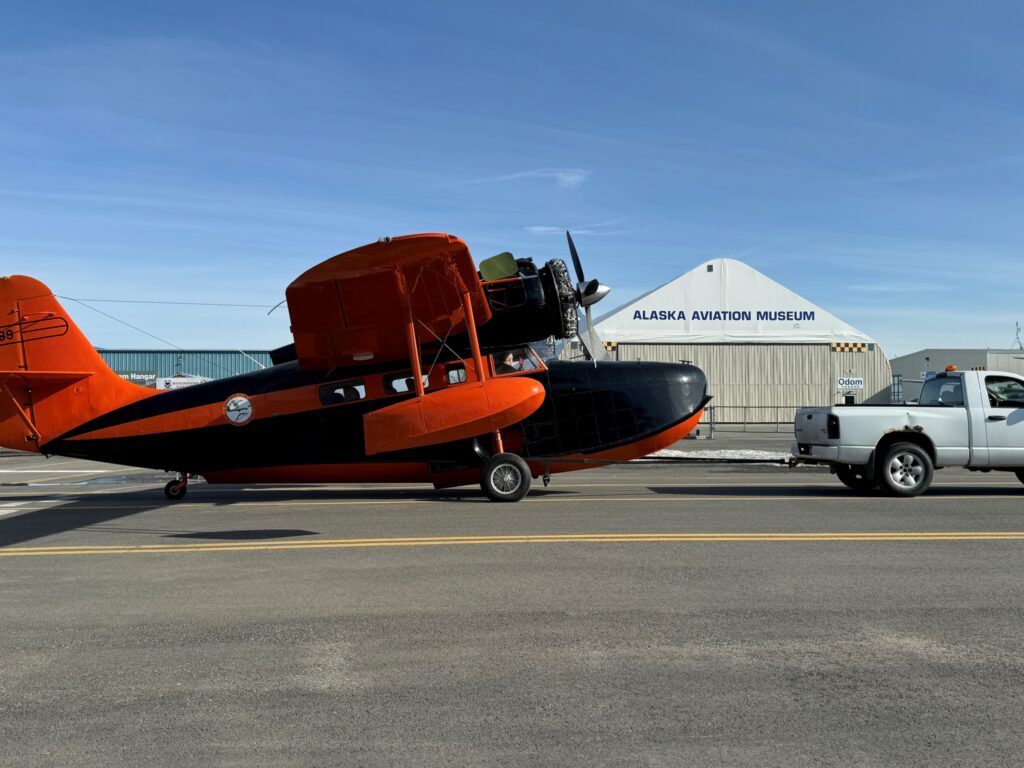
While in service with the USFWS, the Goose was registered with the FAA (and its precursor, the Civil Aeronautics Administration) as N789. For decades, N789 flew all over Alaska for the USFWS, bringing officers into the backcountry to enforce federal wildlife laws, monitor populations of fish and game, and work to protect endangered species. The aircraft would not be free from incidents, however, as on September 5th, 1960, the aircraft was delivering fuel to a research camp at Karluk Lake on Kodiak Island, and was damaged in a cabin explosion. Temporary repairs were made onsite to fly the aircraft back to Anchorage, some 300 miles to the north, where more permanent repairs were carried out.
By the mid to late 1990s, though, many older piston-engine aircraft were being phased out in favor of turboprop-equipped aircraft for bush flying. N789 would become the subject of a senatorial effort to preserve the aircraft with leverage from Alaskan senator Ted Stevens, and the Goose’s title was transferred to the Alaska Aviation Museum in Anchorage from the USFWS on October 24, 1996. (A similar campaign also brought another Goose in Alaskan service with the Department of the Interior, G-21A N644R — originally JRF-5 BuNo 87736— with N644R becoming part of the Historic Aircraft Restoration Project at Floyd Bennett Field in Brooklyn, NY). While N789 was not actively flown much after arriving at the museum, the aircraft, replete in 1950s-era FWS colors, and well-maintained and hangared alongside other aircraft in its collection.
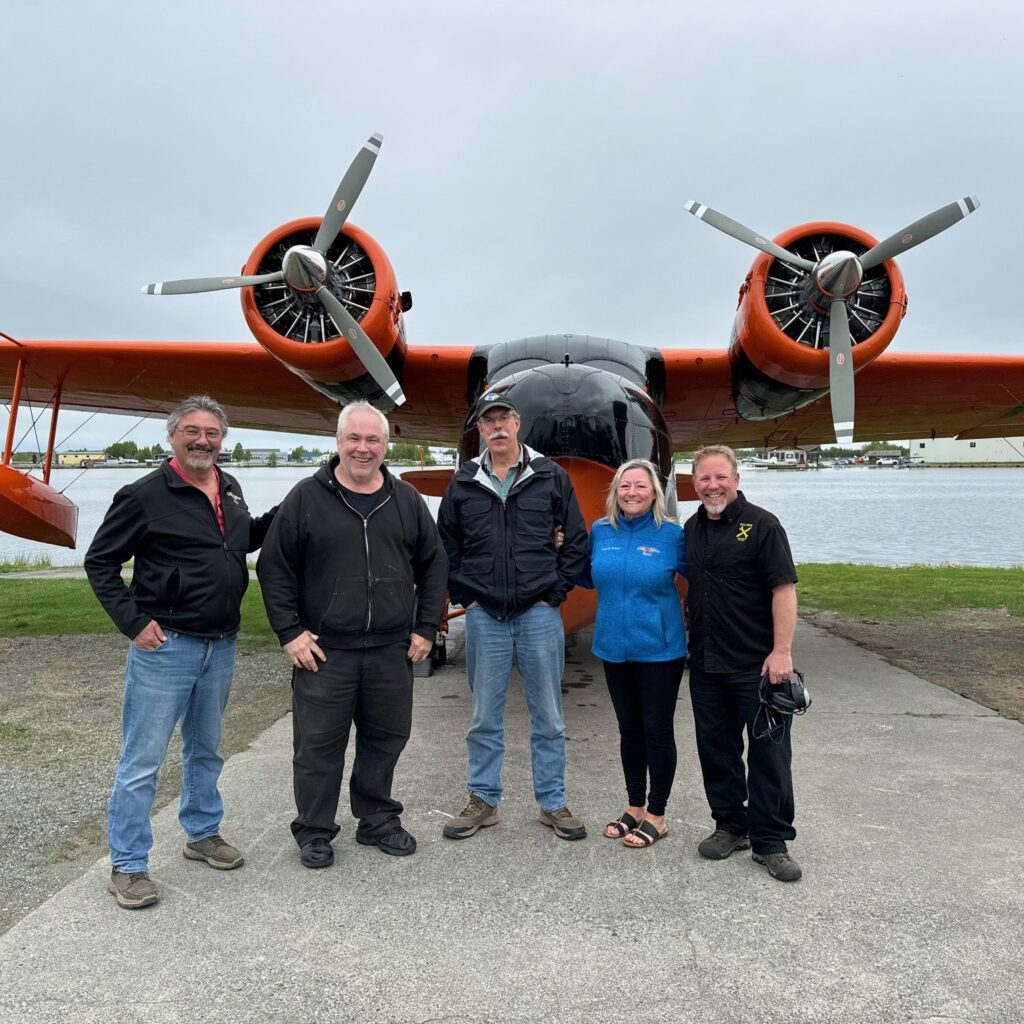
N789 became the focus of the restoration department during the winter of 2023-2024, and a great deal of assistance to the project was lended by former USFWS pilots and mechanics who operated this and other Gooses’ in Alaska over the years. Finally, on May 29th, the pristine aircraft took to the waters of Lake Hood, and after a few high-speed passes to check the output from the two Pratt & Whitney R-985 radial engines, N789 took the air for half an hour above Anchorage before setting back down on the lake and taxiing up the museum’s seaplane ramp.
With the Goose having spread its wings once more, it is hoped to be ready for the museum’s annual Fly-By Festival on July 14th, 2024 where other local seaplanes of all descriptions are anticipated to appear.
To donate toward the ongoing operation of Goose N789 please click HERE. For further information, visit the museum’s website and their Facebook page.







